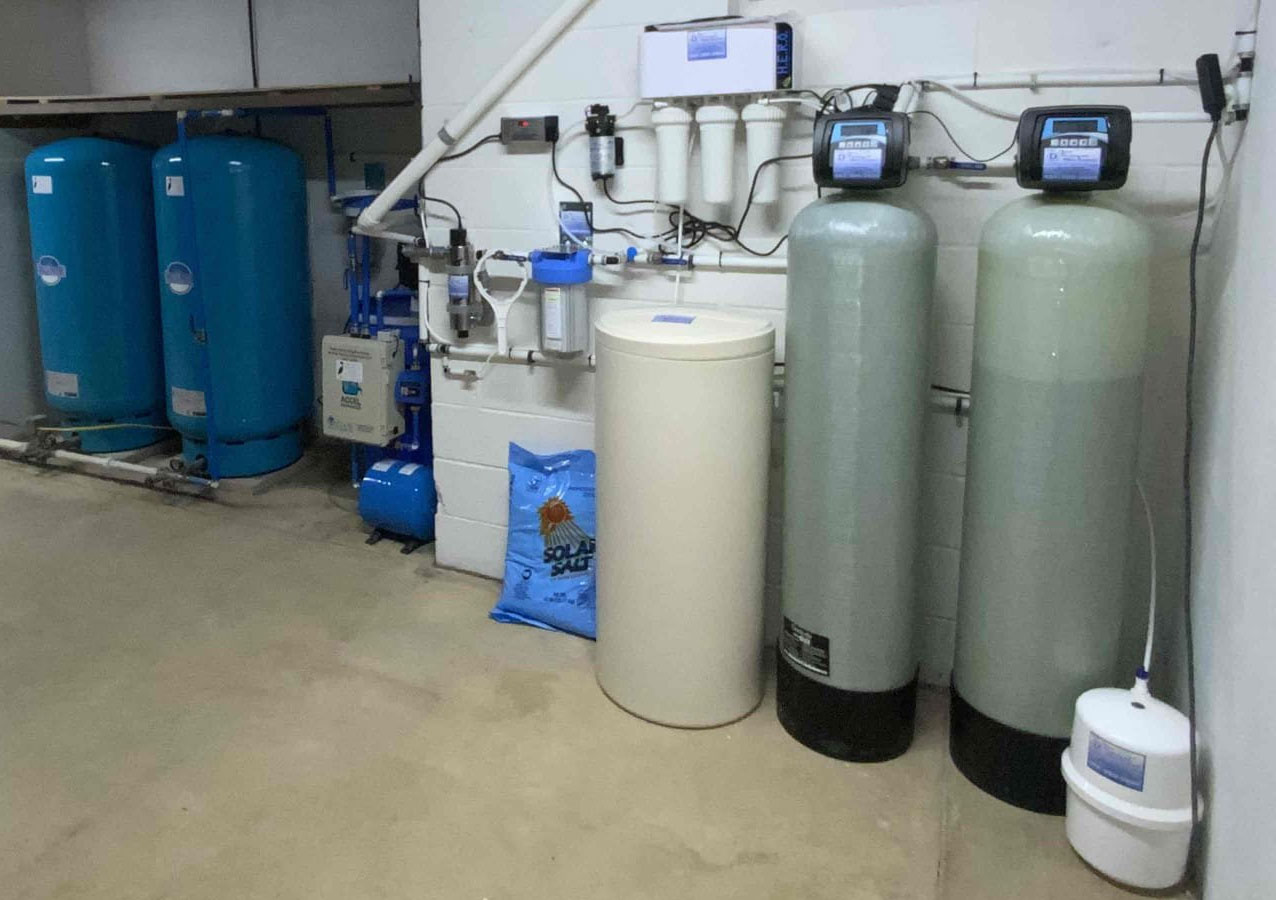Spoiler: Even “legal” levels may not be safe.
When you hear the word “arsenic,” you probably think of poison. But what if we told you that there’s a good chance you’re drinking it — right now — and it’s considered perfectly legal?
That’s exactly what the 2024 Royersford/Home Water Quality Report reveals. Let’s take a closer look.
Arsenic in Royersford Water: Legal, but Concerning
According to the report, arsenic was detected at 3 parts per billion (ppb) in a recent test sample. That’s well below the EPA’s Maximum Contaminant Level (MCL) of 10 ppb — but here’s the catch:
There is no known safe level of arsenic exposure.
The Maximum Contaminant Level Goal (MCLG) for arsenic?
0 ppb.
That means the EPA’s ideal health-based standard — the level at which no known or anticipated health effects occur — is zero.
The only reason the legal limit is higher is because completely removing arsenic at scale is expensive. But the health risks remain, especially over time.
MCL vs. MCLG: What’s the Difference?
- MCL (Maximum Contaminant Level)
The enforceable legal limit set by the EPA, based on cost, feasibility, and treatment technology. - MCLG (Maximum Contaminant Level Goal)
The ideal, health-based target — the level at which there is no known risk, regardless of cost or practicality.
In short:
The MCL tells utilities what they must do.
The MCLG tells you what you should want.
Health Risks of Arsenic Exposure
Even at 3 ppb — well under the legal limit — arsenic is still a concern. Long-term exposure has been linked to:
- Bladder, lung, and skin cancers
- Heart disease and high blood pressure
- Cognitive development issues in children
- Immune system suppression
What About Nitrate?
The same report found nitrate levels up to 4.69 ppm, also under the 10 ppm MCL. But nitrates, especially in infants, can cause serious health problems — including a potentially fatal condition called blue baby syndrome.
Legal Doesn’t Mean Safe
Municipal water systems are designed to meet minimum standards. They’re not responsible for achieving ideal health outcomes — that’s up to you.
The presence of arsenic, nitrate, and disinfection byproducts in Royersford’s water doesn’t mean your water is unsafe by law.
But it does mean you should be asking:
How much risk are you willing to accept?
What You Can Do
✅ Get Your Water Professionally Tested
Our in-home consultation and certified lab testing will show you exactly what’s in your water — free and with no obligation.
✅ Upgrade Your Water Treatment
Our reverse osmosis systems reduce arsenic and nitrates to non-detectable levels, giving your family clean, pure water that goes beyond regulatory compliance.
✅ Set Your Own Standard
You don’t have to settle for what’s legal. You can choose what’s right for your home.
Final Thought
The EPA knows arsenic is dangerous.
The goal is zero.
So why drink anything more than that?
How much arsenic is OK in your drinking water?
If your answer is “none,” we’re here to help you reach that goal.
Explore More:
- Why DIY Water Test Kits Can Do More Harm Than Good
- Is Your Drinking Water Safe? Addressing Chlorine and Chloramine Concerns in Pennsylvania
- Why Your Water Tastes Weird—and What to Do About It
📍 Serving Royersford and the surrounding communities
💧 Trusted by families and real estate professionals
📞 Schedule your complimentary water consultation today



